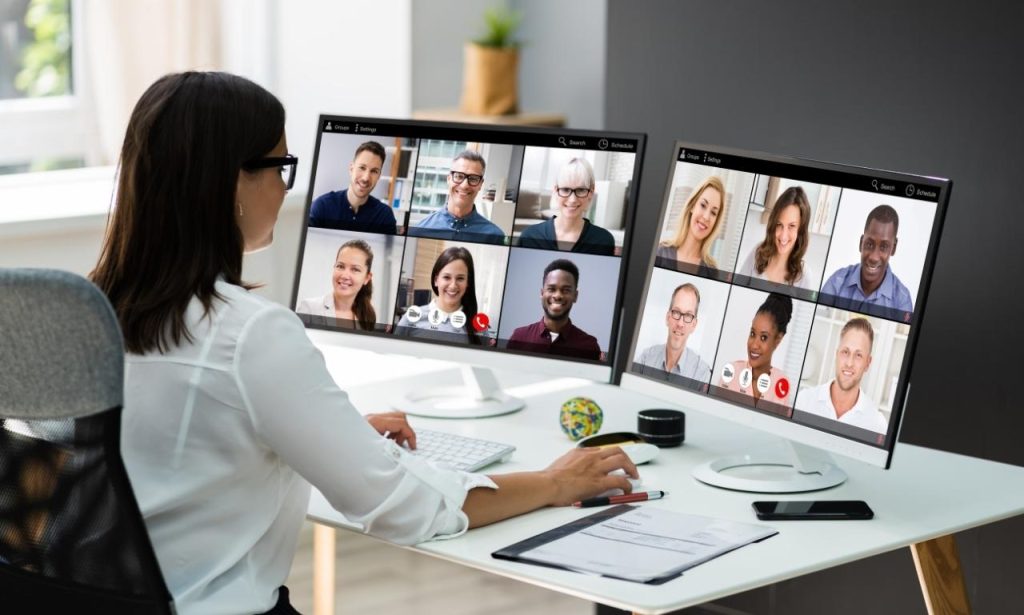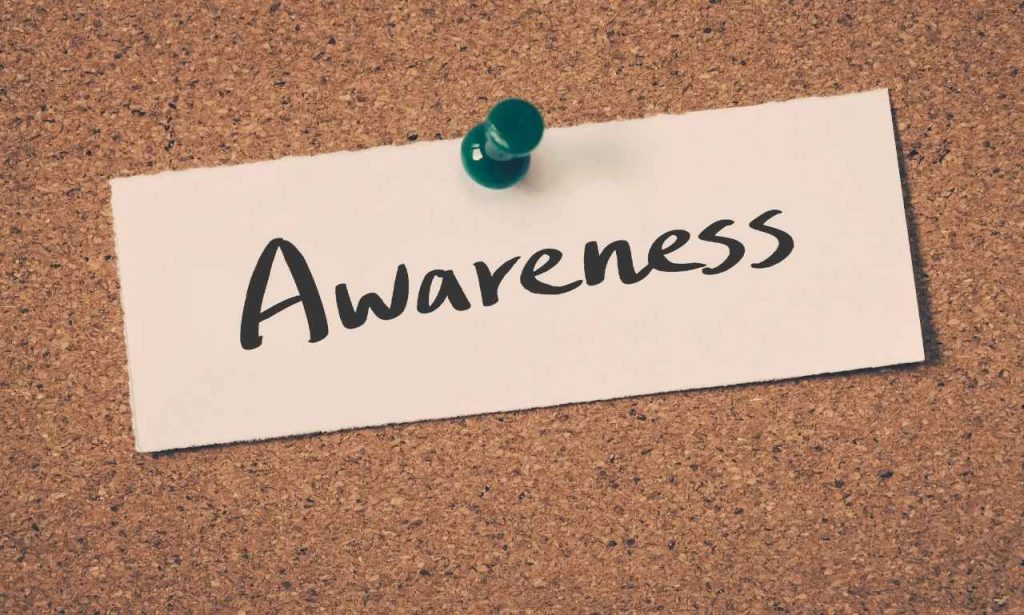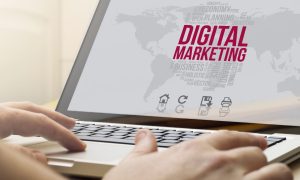Getting noticed is the first battle in marketing. Many businesses struggle to capture attention in today’s crowded digital landscape. Your potential customers can’t buy what they don’t know exists. The awareness phase represents the critical first step in any marketing funnel. During this stage, prospects just begin to recognize they have a problem. Some don’t even realize they face an issue yet. Effective awareness content meets people where they are. Creating the right content for this phase requires understanding what works best. Not all content formats deliver equal results for top-of-funnel awareness. This article explores the five most effective content types for the awareness phase. Each format serves specific purposes in capturing attention and starting relationships. Let’s dive into the top 5 types of marketing content for the awareness phase.
Blog Posts for Your Website

Blog posts remain a cornerstone of awareness-phase marketing. They serve as the foundation of most successful content strategies. Your company blog provides a home base for all your educational content. Search engines love fresh, relevant blog content that answers specific questions. When potential customers search for solutions, your blog posts can appear right when needed.
Creating effective blog posts requires understanding your audience’s pain points. Think about what keeps your ideal customers up at night. Short, focused articles addressing single problems work best for busy readers. Headlines should clearly communicate the benefit or solution your content offers. Make your content scannable with subheadings, bullet points, and short paragraphs.
Blog content works harder when optimized for both humans and search engines. Include relevant keywords naturally throughout your text. This helps your content rank for terms your potential customers use. Internal links to related articles keep readers engaged longer on your site. External links to trusted sources boost your credibility and authority.
Adding unique perspectives makes your blog posts stand out from competitors. Share unexpected insights based on your experience in the field. Back up claims with data from reputable sources whenever possible. Real examples make abstract concepts concrete and relatable for readers.
Consistency matters more than frequency for awareness-phase blog content. Publishing regularly signals to both readers and search engines that you’re reliable. Quality always trumps quantity when building awareness through blog content. Even one exceptional post monthly beats four mediocre weekly articles.
Videos Are the Most Effective Way to Reach Your Audience
Videos capture attention better than any other content format today. People process visual information faster than text. Many prefer watching to reading, especially on mobile devices. Videos create emotional connections that written content sometimes can’t match.
Short-form videos work exceptionally well for introducing complex ideas. They break down difficult concepts into digestible pieces. Animated explainers can illustrate processes that would take pages to describe. Real people on camera build trust through facial expressions and body language.
Creating effective awareness videos doesn’t require Hollywood budgets. Smartphone cameras now deliver impressive quality for most business needs. Clean audio actually matters more than perfect visuals to most viewers. Simple editing tools allow anyone to produce professional-looking content.
Social platforms increasingly favor video content in their algorithms. YouTube functions as both a social network and the second-largest search engine. TikTok and Instagram Reels provide opportunities to reach new audiences organically. Even LinkedIn users engage more with video than text-only posts.
Educational content performs better than promotional videos at the awareness stage. Teaching something valuable establishes your expertise immediately. “How-to” videos addressing common challenges naturally attract problem-aware prospects. Behind-the-scenes content humanizes your brand for new audiences.
Top-of-the-Funnel Downloads to Educate
Downloadable resources provide value that earns attention from potential customers. These assets exchange useful information for contact details. Checklists, templates, and guides help people solve immediate problems. This value-first approach builds goodwill and opens conversation doors.
Creating effective downloadable content starts with identifying specific pain points. Focus on addressing one challenge per resource rather than covering everything. The best downloads provide immediate utility without requiring extensive background knowledge. Think practical tools rather than theoretical white papers for awareness-stage prospects.
When offering downloads, keep the sign-up process simple and transparent. Ask for minimal information—usually just name and email. Clearly explain what people will receive and how it helps them. Never bait-and-switch by promising one thing but delivering another.
Short-form downloads typically outperform lengthy resources at the awareness stage. Ten-page guides see higher completion rates than fifty-page ebooks. Checklists and templates often deliver the highest engagement of all formats. Visual design matters significantly for download completion and referral rates.
Smart marketers create a download series that naturally leads prospects deeper. Each resource should suggest the next logical step in solving a problem. This creates a breadcrumb trail toward your solutions without feeling pushy. Educational sequences build trust progressively through demonstrated expertise.
Social Media for Ongoing Interactions, Brand Awareness
Social media excels at creating ambient awareness through repeated casual exposures. Platforms like Instagram and Twitter keep your brand visible without demanding commitment. Facebook groups foster communities around shared interests or challenges. LinkedIn helps establish thought leadership in professional contexts.
Effective social strategies focus on conversation, not broadcasting. Asking questions encourages engagement better than making statements. Responding promptly to comments shows you genuinely care about interaction. Even reactions to others’ content increase your visibility in mysterious platform algorithms.
Content variety matters more on social than any other channel. Mix educational posts with entertaining or inspiring content. Share behind-the-scenes glimpses that humanize your brand. User-generated content provides social proof while reducing your creation burden.
Platform selection should match where your audience already spends time. Better to excel on one platform than spread yourself thin across many. Each platform has unique content preferences and audience expectations. Repurposing content across platforms requires thoughtful adaptation, not simple copying.
Paid social amplification extends reach to cold audiences efficiently. Even small budgets can significantly increase awareness when targeting is precise. Lookalike audiences based on existing customers often perform best for awareness campaigns. Testing multiple creative variations reveals what resonates with new audiences quickly.
Webinars to Leverage Networks and Audiences

Webinars create focused attention spans rarely achieved by other content formats. They combine the engagement of video with interactive elements like Q&A sessions. Partners can co-host events, instantly expanding reach to new audiences. Recording webinars provides valuable content for later use across channels.
Successful awareness webinars focus on solving problems, not pitching products. Educational content attracts larger audiences than promotional presentations. Interactive elements keep participants engaged throughout the session. Polls, chat features, and live questions create two-way communication.
Promotion typically requires at least two weeks of consistent messaging. Email invitations to your list often drive the highest registration rates. Social promotion works best when highlighting specific benefits of attending. Reminder sequences reduce no-show rates significantly—send them one day and one hour before.
Keep awareness-stage webinars under 45 minutes including Q&A time. Structure content around three main points rather than covering everything. Visual slides should enhance understanding, not simply duplicate what you’re saying. Practice sessions improve delivery and identify technical issues before going live.
Post-webinar follow-up turns one-time events into ongoing relationships. Send recordings to all registrants, including those who couldn’t attend. Create blog posts summarizing key takeaways from the session. Break webinar recordings into shorter clips for social media use.
What are the 5 levels of awareness?
Understanding audience awareness levels helps create more effective marketing content. Eugene Schwartz first outlined these five stages in his classic book “Breakthrough Advertising.” These levels describe how aware prospects are of their problems and your solutions.
Unaware
At this level, prospects don’t recognize they have a problem at all. They feel no pain or dissatisfaction yet. Marketing to the unaware requires identifying latent needs they haven’t acknowledged. Content must first create recognition of an issue before suggesting solutions. Storytelling works particularly well for moving people from unaware to problem-aware.
Problem Aware
Problem-aware prospects recognize their pain but don’t know solutions exist. They feel frustrated but haven’t started actively searching yet. Content should validate their experiences and name their challenges clearly. Educational pieces that dive deeply into the problem’s causes connect strongly here. The goal is to help prospects articulate their issues more precisely.
Solution Awareness

Prospects know solutions exist at this stage but haven’t chosen specific options. They’re actively researching different approaches to solving their problem. Content should explain solution categories and highlight key differences between approaches. Comparison content performs well with solution-aware prospects. Establishing evaluation criteria helps prospects move toward product awareness.
Product Awareness
Product-aware prospects know about your specific solution but haven’t decided to buy. They’re evaluating whether your offering fits their needs better than alternatives. Content should detail your unique advantages without seeming overly promotional. Case studies and demonstrations resonate strongly at this awareness stage. Addressing common objections helps remove purchase barriers.
Most Aware
The most aware prospects know your product and just need the right offer. They’re ready to buy but may need a final push. Content focuses on urgency, special terms, or unique opportunities. These prospects respond well to limited-time promotions and exclusive deals. The goal is to remove any final friction in the purchase process.
Conclusion
Effective awareness-phase content meets prospects where they are. No single content type works best for every business or audience. Blog posts provide searchable foundations that attract organic traffic. Videos create emotional connections and explain complex ideas quickly. Downloadable resources exchange immediate value for contact information. Social media maintains ambient awareness through repeated casual exposures. Webinars deliver focused attention spans and interactive learning experiences.
Success comes from matching content types to your specific audience preferences. Experiment with different formats to discover what resonates most strongly. Track engagement metrics to identify which content initiates customer journeys most effectively. Focus first on quality rather than quantity across all content types.
Start by selecting two content types from this list and executing them exceptionally well. Add others gradually as you build capacity and confirm what works. Your authentic voice matters more than perfect production in building initial awareness. Creating truly helpful content establishes trust that later stages of marketing can build upon.
Also Read: What Marketers Need to Know About Google Analytics
FAQs
The most effective type varies by audience. Video typically creates the strongest initial impressions for most businesses.
Aim for 800-1200 words that thoroughly address one specific problem or question.
Yes, but focus on next-step content offers rather than sales conversations.
Consistency matters more than frequency. Even 3 posts weekly can build awareness if maintained.



